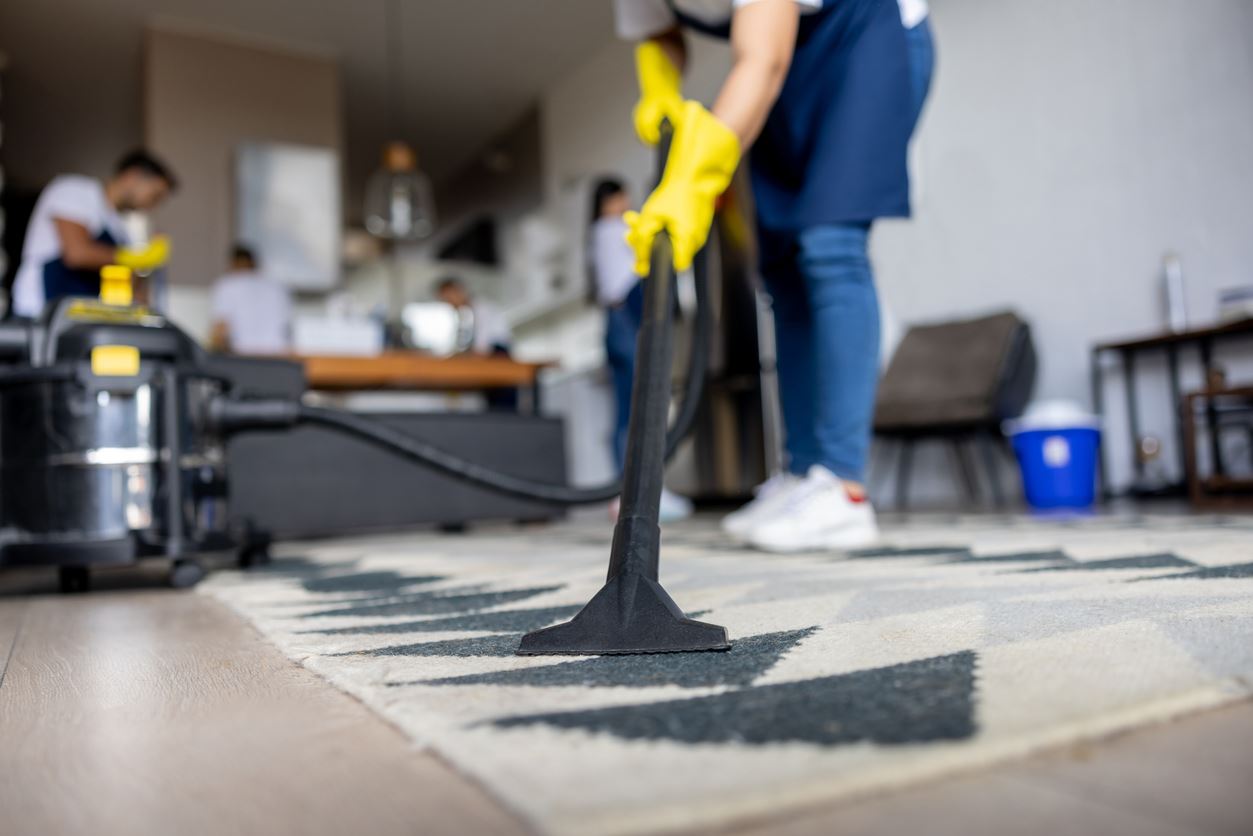
6 Types of Air Pollutants That Lower Indoor Air Quality
Many of us know that outdoor air pollution can affect our health, but did you know several indoor air pollutants can also hurt our well-being? These pollutants can come from many different sources, including excess moisture, central heating, and cooling systems, household cleaners, and more.
In this blog, we will explore these six air pollutants that lower indoor air quality and how to combat them.
1. Excess Moisture
Too much moisture in the air can lead to mold growth, cause respiratory issues for those who breathe it in, and damage wood floors and furniture. To reduce excess moisture levels in your home, try using a dehumidifier or opening windows to let fresh air circulate. Check that all water-using appliances like dishwashers and washing machines are well-ventilated to keep condensation at bay.
2. Central Heating and Cooling Systems
While these systems keep our homes comfortable all year round, they also release pollutants like carbon monoxide and nitrogen dioxide into the air we breathe. To reduce these pollutant levels in your home’s air quality, regularly replace the filters on your system and have it inspected by an HVAC technician annually.
3. Household Cleaners
Many household cleaners contain harmful chemicals like chlorine or ammonia, which can be released into the air when used or stored indoors. Whenever possible, opt for natural products when cleaning your home, and always ensure to ventilate the area where you’re using them with open windows or fans for maximum safety.
4. Pesticides
Pests may threaten your family's health if not properly managed with pest control products such as sprays or baits. Still, if misused, they can negatively impact indoor air quality by releasing toxic fumes into your home’s atmosphere as they break down over time. Be sure to use only EPA-approved pest control products when dealing with pests to protect your health and the environment around you.
5. Dust Mites
Tiny creatures like dust mites may be too small for us to see with our naked eyes. Sneezing fits often indicate their presence and other allergic reactions brought on by their presence in our homes—especially during summer months when humidity levels rise significantly.
To reduce dust mite populations inside your home, vacuum often (especially carpets), wash bedding weekly with hot water (at least 130°F), and avoid carpeted surfaces whenever possible.
6. Furniture and Upholstery Fabrics
Furniture pieces made from certain materials like particleboard or fabrics treated with flame retardants often release particles into the air that act as irritants and cause breathing troubles for some people. Try investing in pieces made from natural materials whenever possible so that you don’t expose yourself or loved ones unnecessarily.
Improve Your Indoor Air Quality
Keeping indoor air clean is essential for maintaining good health since many common pollutants found indoors have been linked to short-term respiratory issues and long-term illnesses such as asthma. Fortunately, there are several steps we can take, such as letting a professional technician at Cousin's Air, Inc. install an electric air cleaner for clean air all the time. Call us at (954) 228-5965 to learn more about our clean air solutions.

